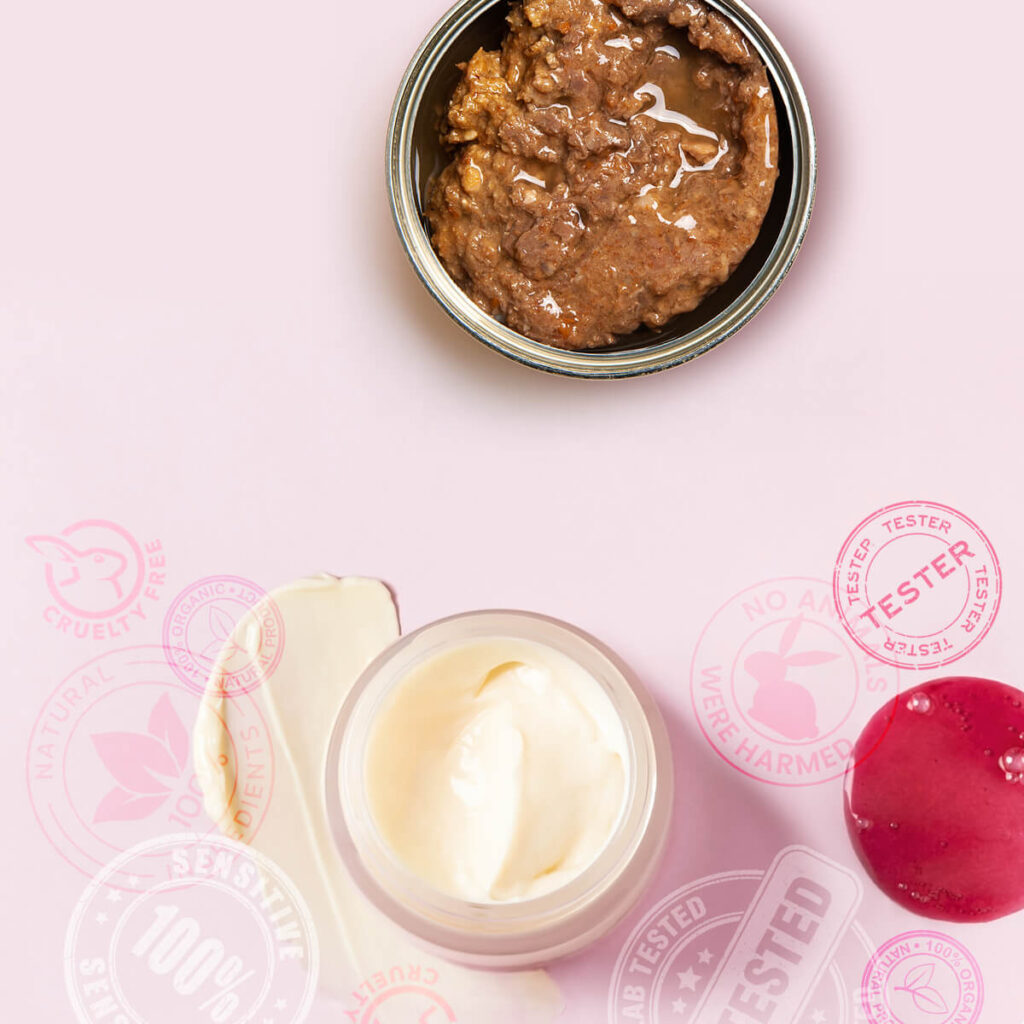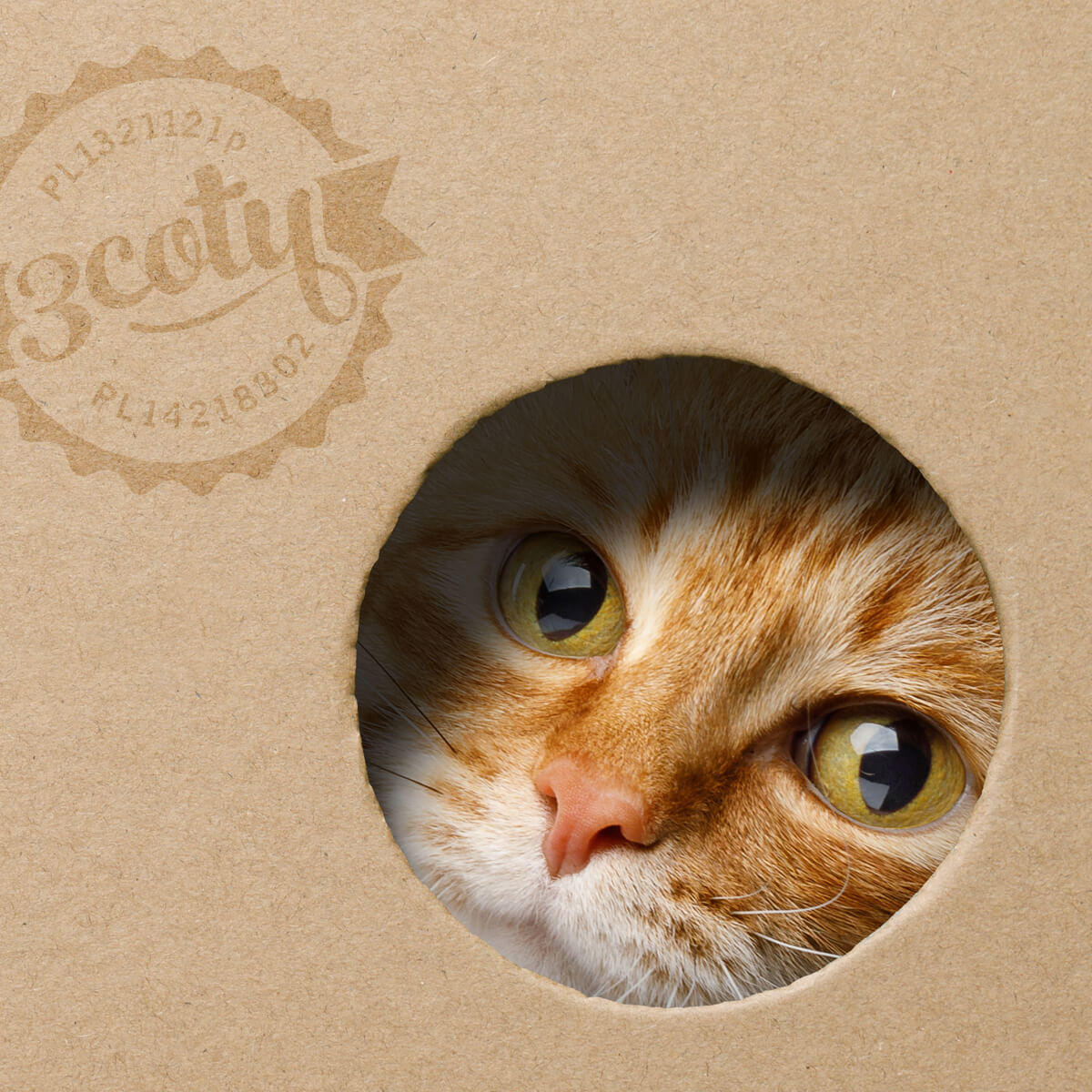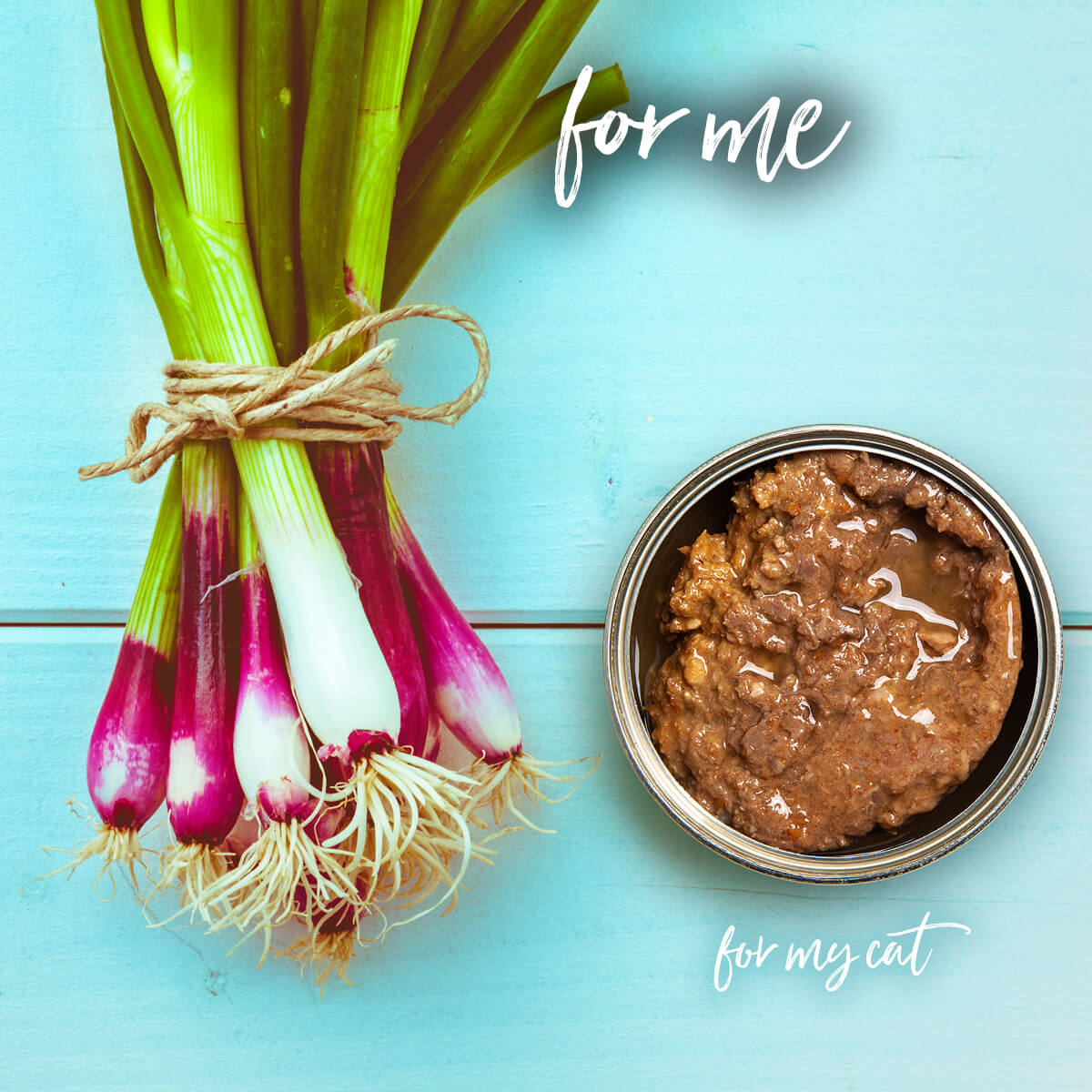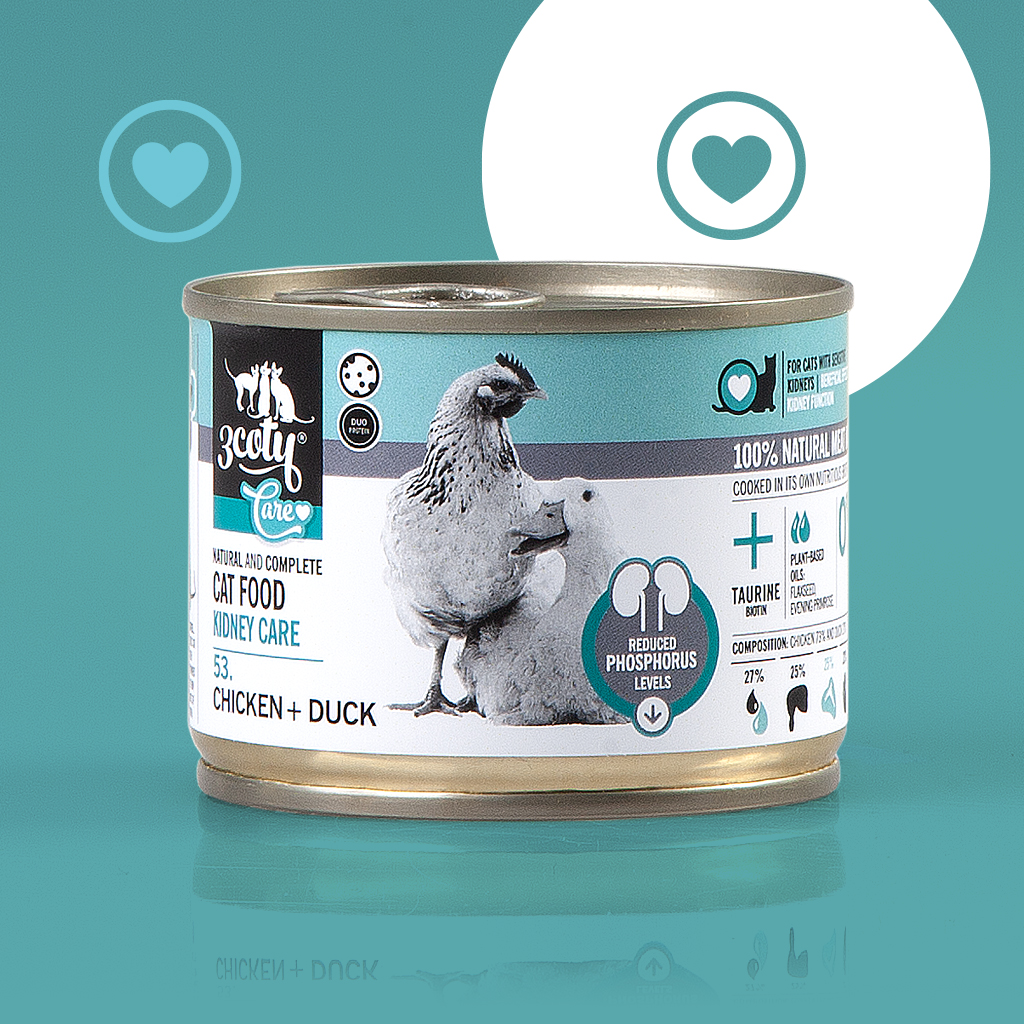Why we ask cats to test all our recipes
Testing on animals is a controversial topic. Testing of soaps and cosmetics for humans was once common. Following campaigns to reduce cruelty to animals, this is now rarely the case. Scientists have found other methods to discover whether something is likely to irritate human skin and now use those in early testing phases. These products are eventually tested on humans, the adverts of people testing a skin cream for 14 days show this.
Our products are not tested on humans. But they are tested on animals, cats. Any newly developed flavour to help support a particular health issue is always tested on and by cats. There is no point in making an extraordinary product if no cat would eat it. In the product development stage of all our recipes, small batches are prepared and offered to cats to test.
The 3coty® tester cats include some that live with us and others whose owners give us feedback. When we are working with a particular owner on an issue they are experiencing, their cat also becomes a tester cat.
Some of our tester cats live with us, while others belong to owners who share their feedback. But there are also a few special cats who simply chose us. Stray cats sometimes wander to our factory, and they are never turned away. We make sure they are fed, cared for and given regular veterinary checks. Over time, some have even become part of our 3coty® family.
These cats remind us why we do what we do. Every bowl we prepare and every recipe we improve is meant to give all cats, those with homes and those still waiting for one, healthy and nourishing food made with respect and care.
The lab and veterinary labelling tests only start once the tester cats have chosen to eat a food flavour and approve its tastiness. Our food may be tested on animals, but it is completely cruelty free.
Do you want your cat to become a 3coty® tester cat?
Did you know?
In the human world, things are different. In many countries testing on animals for cosmetics is no longer allowed. Scientists now use modern techniques such as human skin cell models, computer based simulations and special microchip systems that mimic how organs react. Still around half a million animals are used every year in cosmetic testing worldwide even though these kinder and more precise methods already exist. This shows that real progress is possible when an industry chooses to change. At 3coty® we find this very inspiring. Our field is different because we develop food for cats not creams for people, yet the idea is the same. Respect for animals, careful testing and attention to their well-being always come first.






